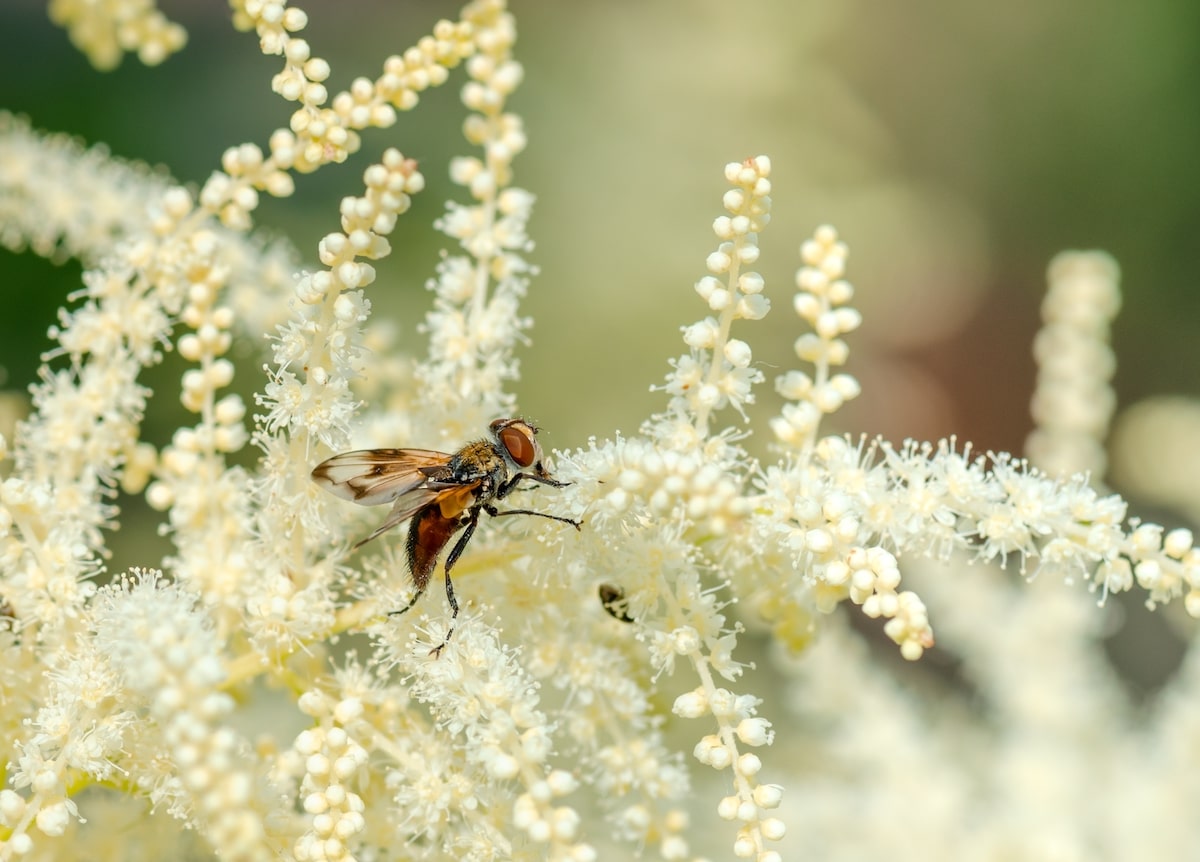There is an ethereal beauty to astilbe plants. Looking at them, from a beginner’s perspective, you might have a few concerns. Are they easy to grow and maintain? How do I plant these lush plants? Our guide is packed with the best tips that will allow you to plant, cultivate and maintain the most gorgeous astilbes in the neighborhood!
Table of Contents
The Benefits of Choosing An Astilbe Plant
- They are available in several colors.
- Suitable for both garden and container growing.
- Large and exotic appearance.
- Perrenial.
- Suitable for wet gardens or pond landscaping.
Origins and Appearance
All 18 species of astilbe plants share the same native lands. Hailing from both East Asia and North America, in the wild these plants flourish in woodlands and ravines. They are hardy and tend to flourish near wetlands, bogs and rivers as well.
An astilbe bush has a very recognizable shape. The lower half consists of green leaves that are shaped roughly like a bush. Long stalks creep tall and majestic, ending in the iconic flowerheads. The flowers are available in white, pink, deep red, lavender and violet. The colors are more vibrant in summer and beige during the colder months. The leaves also change into lovely bronze shades during winter.
Temperature and Humidity
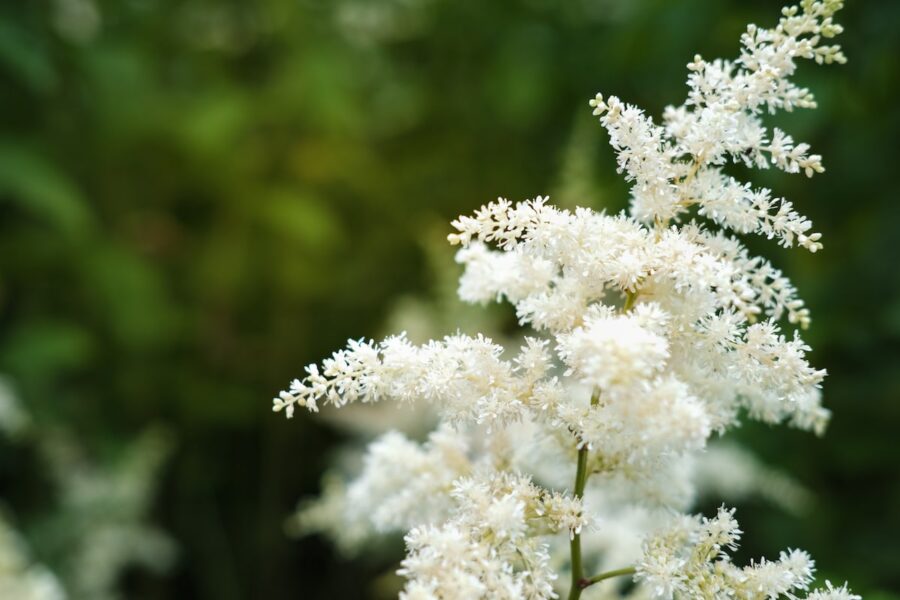
To get the best out of your astilbe, you must ensure that the environment provides for its needs. Three key requirements include correct lighting, temperature and humidity. Like all plants, your astilbe will flourish in the right conditions! Let’s look at each one in turn.
This is One Shady Customer!
Alright, we don’t mean you have a criminal plant! But seriously, astilbes love shady areas. They will flourish in both semi-shade and full shade. Planting astilbes in full sun – especially in glaringly hot areas – can affect this plant negatively. The sun will definitely burn the leaves and it might eventually even kill your lovely bush. Rather play it safe and give this plant enough shade or indirect sunlight.
Mild to Warm Temperatures
Your astilbe is a hardy plant and can survive a wide spectrum of temperatures. But if you want a truly healthy plant and those iconic blooms, then aim for a temperature range that stays between 65 F and 75 F (18 C to 23 C).
Average Humidity is Fine
Astilbes can thrive in gardens when the humidity is average or slightly high. However, if you live in an area where high humidity is a constant thing, then you need to keep an eye on this plant. The astilbe itself does not hate high humidity. The problem is that too much water vapor in the air can invite diseases and pests. A common problem that crops up when there is too much humidity is powdery mildew.
Watering and Feeding
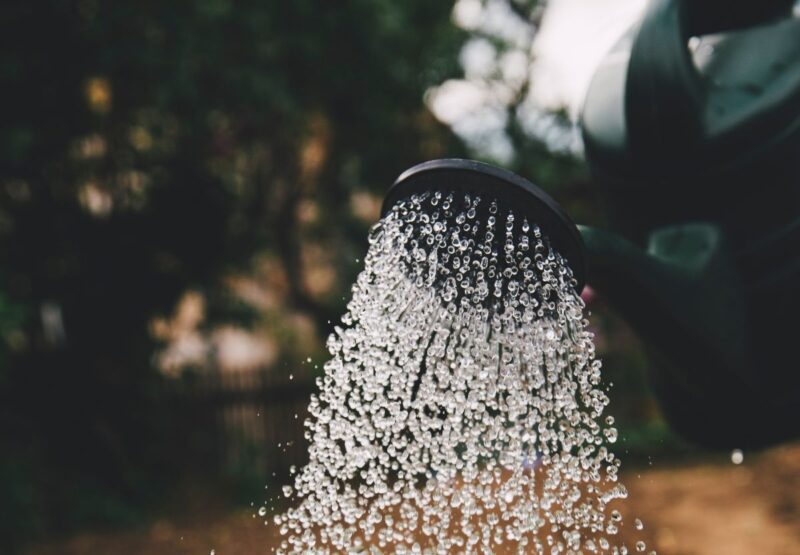
Watering Tips
Your astilbe’s water needs depend on the weather. But don’t worry, you will soon get the hang of knowing when to offer this plant a good drink! Here are some tips to keep in mind and you should be fine.
- Astilbe plants need more moisture when the weather is warmer.
- They cannot handle long periods of drought.
- Don’t give water if your garden gets regular rain.
- When rain stays away, water on a weekly basis.
- Keep the soil around the bush moist but avoid a soggy situation.
- Keep an eye out for powdery mildew during rainy spells.
Feeding Tips
Get your fertilizer routine right and you can look forward to a truly stunning astilbe plant. The main thing to keep in mind is that these plants require phosphorus to produce and maintain their flowers. The best feeds should have a makeup of 10-10-10 or 5-10-5.
If you are preparing the soil before planting a bush, you can work the fertilizer into the earth roughly two weeks before establishing your astilbe. But if your plant is already in a pot or the garden, wait until spring, moisten the soil and sprinkle the fertilizer around the base of the plant.
If you have pets, always get a non-toxic fertilizer. As all plant/pet parents know, dogs love to chomp on potting and garden soil when you are not looking!
Soil and Repotting
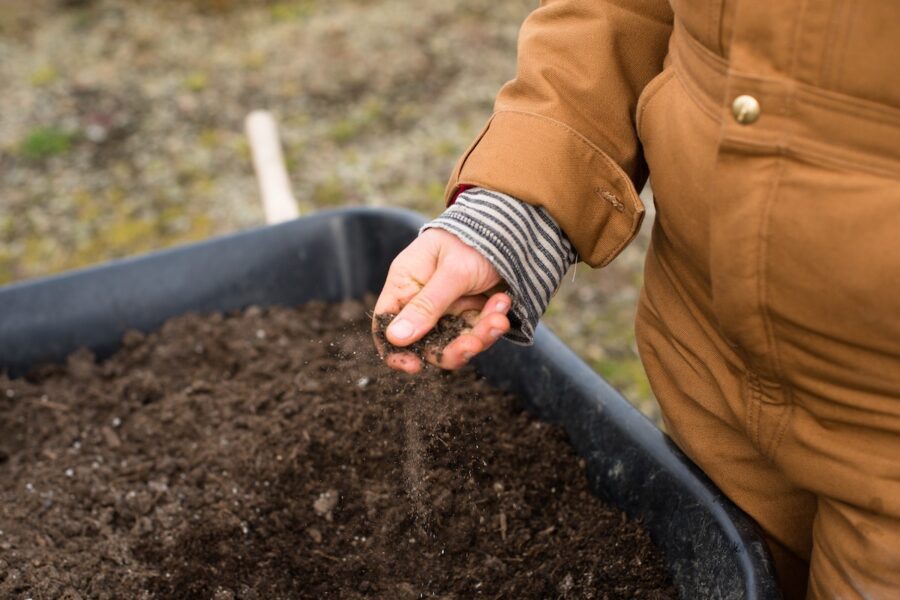
Astilbe plants need soil that is moist and slightly rich in organic material. They also respond well to soil that is acidic. Aim for a pH level of around 6.0.
Most people prefer to plant their astilbes in the garden. Let’s have a look at the top tips on the when, where and how.
- Don’t plant them during the hottest or coldest seasons.
- They are best planted in the fall or spring.
- Prepare the soil beforehand with lots of moist organic material.
- Choose a full shade or dappled shade area.
- A location next to bogs, a river or a pond is ideal.
- Dwarf astilbe species can be planted in containers.
Get all the best tips on how to re-pot your house plants.
Pruning
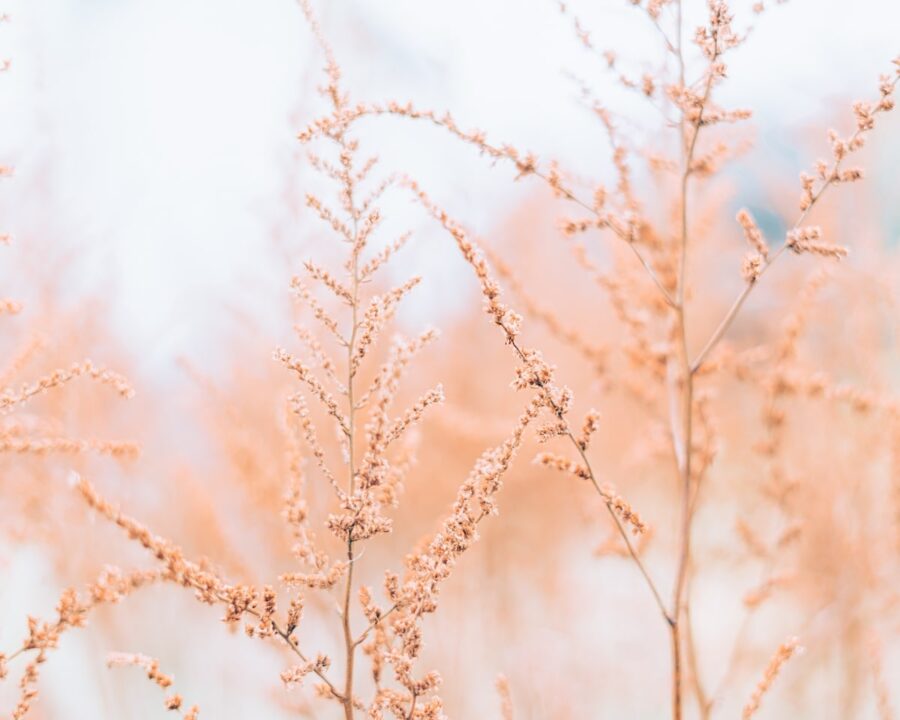
When to Prune Your Astilbe Plant
You only need to prune your astilbe when the flowering season is well and truly over. Unlike other flower species, this plant’s blooms last quite a while. Indeed, you can enjoy the plumes even in the fall and winter.
Pruning needs to happen in late winter and before spring starts. Take clean shears and snip off the flowers, stems and old leaves down to the ground. The astilbe will regenerate again in the spring. You can repeat this cycle with the same plant for several years.
Pests and Diseases
When astilbe plants are taken care of properly, you will rarely face any problems. However, these robust outdoor plants are vulnerable to certain bugs and illnesses. Let’s look at the most common issues that you can expect and their solutions.
Powdery mildew – This fungal problem rears its ugly head when there is too much moisture and high humidity for an extended period of time. Use a good organic fungicide to treat the plant and continue applications monthly to prevent future outbreaks.
Leaf burn – Caused by prolonged exposure to direct, hot sunlight, the leaves are scorched until they turn yellow and dry and eventually they die. Move the bush to a more shaded area or provide an artificial shade to protect the plant from the sun.
Weevils – This pest rarely shows up but when they do, you will notice half-moon-shaped damage to leaves and stems. Use a good organic pesticide to deal with this problem. If the weevils keep returning, apply the pesticide weekly as a preventative measure.
FAQ
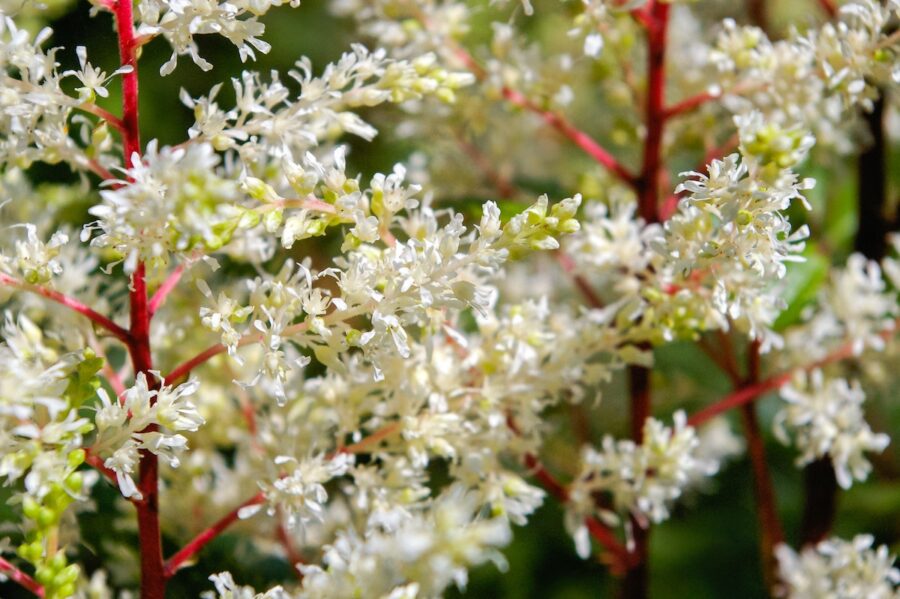
Q: Is my astilbe plant safe around pets and kids?
Another bonus of this beautiful plant is that astilbes are not toxic to dogs or cats. Your puppy will suffer no ill effects should it chew on the stems. That being said, children and pets should always be discouraged from consuming garden plants.
Q: Can astilbe plants become invasive?
No, your astilbe plant will never take over your garden. They grow large and bushy, prompting the need for annual pruning and division every few years. But even when this plant is left to its own devices, astilbes will never become invasive.
Q: How do I care for my potted astilbe plant?
Potted astilbes need the same care as garden astilbes. Provide them with rich soil, enough water and a shaded area. Keep in mind that the dwarf astilbe varieties are more suited to pots and the standard, larger varieties do not fare well in containers.
Q: How quickly does astilbe grow?
Once planted, your plant will produce more roots very quickly. In warm climates, new leaves will sprout within weeks but in colder regions, this will only happen when spring arrives.
Q: Can I make an astilbe hedge?
Astilbe plants grow best when they are planted apart. If you want to plant a row of these beautiful plants, plant them 18 to 24 inches (45 to 60 cm) apart. You will still have a hedge of sorts!
Q: How do you get seeds from astilbe plants?
Select flowers that are healthy, beautiful and pest-free. Allow the blooms to dry out on the plant but don’t wait too long. The wind can steal the seeds before you know it! When the plumes are dry, cut off the flower heads. Store them in a drying area for up to two days. The flowers ought to shed their seeds naturally after that.

